- Naltrexone
- Anti Emetic
- Neuropathic Pain
- Mens Health
- Hair Loss
- Pain Relief
- HCG Injections
- Quit Smoking
- Pharmaceutical Vaccine
- Best Selling Products
- Anti Viral
- Bimatoprost
- Antibiotics
- Women's Health
- Cetaphil
- Botulinum
- Diabetes
- Human Albumin
- Anti Malarial
- Dermal fillers
- Chemical Peels
- Nephrology Segment
- Kidney / Liver Care
- Anti Cancer
- Altus Product's
- Pharmaceutical Products
- Anti Fungal
- Hepatitis
- Beauty & Skin Care
- Asthma
- Modafinil
- Urology Segment
- Thyroid Care
- Armodafinil
- HIV Medicines
- Weight Loss
- Anti-Cancer
- Armodafinil
- Bimatoprost
- Botulinum
- Dermal Fillers
- Hepatitis
- Mens-health
- Modafinil
- Naltrexone
- ANTI EMETIC
- Altus Product’s
- Anti Fungal
- Anti Malarial
- Anti Viral
- Antibiotics
- Asthma
- Beauty & Skin Care
- Cetaphil
- Chemical Peels
- Diabetes
- Hair Loss
- HCG Injections
- HIV Medicines
- Human Albumin
- Kidney / Liver Care
- Neuropathic Pain
- Pain Relief
- Pharmaceutical Products
- Pharmaceutical Vaccine
- Quit Smoking
- Thyroid Care
- Weight Loss
- Women’s Health
- Naltrexone
- Anti Emetic
- Neuropathic Pain
- Mens Health
- Hair Loss
- Pain Relief
- HCG Injections
- Quit Smoking
- Pharmaceutical Vaccine
- Best Selling Products
- Anti Viral
- Bimatoprost
- Antibiotics
- Women's Health
- Cetaphil
- Botulinum
- Diabetes
- Human Albumin
- Anti Malarial
- Dermal fillers
- Chemical Peels
- Nephrology Segment
- Kidney / Liver Care
- Anti Cancer
- Altus Product's
- Pharmaceutical Products
- Anti Fungal
- Hepatitis
- Beauty & Skin Care
- Asthma
- Modafinil
- Urology Segment
- Thyroid Care
- Armodafinil
- HIV Medicines
- Weight Loss
No products in the cart.
Return To Shop$561.54 – $1,895.01Price range: $561.54 through $1,895.01
Genotropin 12mg Solution for Injection (Somatropin 36IU) is a medicine that is identical to the main form of the naturally occurring human growth hormone. It is used to treat children with growth failure due to inadequate secretion of endogenous growth hormone (GH). It is used to treat short stature in adults also.
Have questions?
Call : +91 9002 1002 33
Genotropin 12mg Solution for Injection
| COUNTRY OF ORIGIN | India |
|---|---|
| DOSAGE FORM | Injection |
| GENERIC NAME | Somatropin |
| INDICATION | Growth failure due to growth hormone deficiency |
| PACKAGING | 1 ml in 1 vial |
| MANUFACTURER | Pfizer Ltd |
| COMPOSITION | Somatropin (36IU) |
PRODUCT INTRODUCTION
Genotropin 12mg Solution for Injection is a medicine that is identical to the main form of the naturally occurring human growth hormone. It is used to treat children with growth failure due to inadequate secretion of endogenous growth hormone (GH). It is used to treat short stature in adults also.
It is given as an injection into the skin under the supervision of a doctor. Your doctor or nurse will help you to learn the exact method of self-administration. You should receive appropriate training and instructions from the physician before using it. The dose and how often you take it depends on what you are taking it for. You should take this medicine for as long as it is prescribed for you.
The most common side effects of this medicine include injection site reaction, headache, and rash. If these bother you or appear serious, let your doctor know. There may be ways of reducing or preventing them.
Before taking this medicine, tell your doctor if you have ever had diabetes, or have a thyroid disorder. Your doctor should also know about all other medicines you are taking as many of these may make this medicine less effective or change the way it works. Tell your doctor if you are pregnant, planning pregnancy or breastfeeding. You may be asked for regular monitoring of blood sugar levels, kidney function and level of growth hormone before and during the treatment.
USES OF INJECTION
- Growth failure due to growth hormone deficiency
BENEFITS OF INJECTION
In Growth failure due to growth hormone deficiency
Unveiling the Giant Within: Understanding Acromegaly
Acromegaly, often referred to as “gigantism in adults,” is a rare hormonal disorder that results from the excessive production of growth hormone. While the physical changes it causes are visually striking, this condition extends beyond mere appearance. Acromegaly can affect an individual’s overall health and well-being.
The slow and insidious onset of this condition can lead to a delay in diagnosis, but early detection is crucial for effective management. Treatment options, such as surgery, medications, and radiation therapy, can help control the growth hormone levels and alleviate the symptoms. In our blog, we will explore the world of acromegaly, from its causes and symptoms to its diagnosis and the array of available treatments, emphasizing the importance of raising awareness about this condition and the hope it brings to those living with it.
“Growth Unleashed: The Science and Struggles of Acromegaly Disease”
Acromegaly, often termed the “giant disease,” is a rare hormonal disorder caused by the overproduction of growth hormone (GH). It’s more than just a condition of unusual growth; it’s a journey that individuals with acromegaly navigate daily. This disorder leads to the excessive growth of bones and tissues, often resulting in distinct facial changes, enlarged hands and feet, and a range of health concerns. The road to diagnosis can be lengthy and complex, but early recognition and treatment are paramount to mitigate its effects.
Treatment options include surgery, medications, and radiation therapy, each with its own set of considerations. In our blog, we aim to unravel the science behind acromegaly, exploring its causes, symptoms, and the emotional and physical struggles faced by those living with the condition. By shedding light on acromegaly disease, we hope to foster understanding, empathy, and support for those affected by this rare disorder.
“Navigating the Unseen Threat: Understanding Carcinoid Tumors”
Carcinoid tumors, although rare, are an intriguing and often misunderstood part of the cancer landscape. These tumors originate in the neuroendocrine cells, which are found throughout the body and play a role in regulating various functions. Carcinoid tumors can develop in different parts of the body, making them a complex and diverse group of tumors. While they are generally slow-growing, they can be challenging to diagnose and treat due to their variability.
These tumors often produce hormones that can lead to a range of symptoms, making early detection and proper management vital. In our blog, we aim to shed light on the world of carcinoid tumors, from their origins and characteristics to the available treatments and the resilience of individuals facing this diagnosis. Understanding the complexities of these tumors can empower patients, caregivers, and the medical community to better navigate the challenges posed by carcinoid tumors.
“Unmasking Carcinoid Tumor Syndrome: Symptoms, Causes, and Hope”
Carcinoid tumor syndrome is a rare condition that often remains veiled in mystery. It emerges as a result of certain types of carcinoid tumors, which produce and release excessive amounts of hormones into the bloodstream. The array of symptoms associated with this syndrome can be perplexing, ranging from facial flushing and diarrhea to heart issues and difficulty breathing.
The complexity of diagnosing and managing carcinoid tumor-syndrome stems from its varied presentations and the challenge of locating the primary tumor.
This syndrome can significantly impact an individual’s quality of life. However, with advancements in diagnosis, treatment, and a growing understanding of the condition, there is hope for better outcomes and improved well-being for those living with carcinoid tumor-syndrome.
We aim to unveil the enigma surrounding this condition, discussing its symptoms, causes, diagnostic strategies, and the latest therapeutic options, offering hope and empowerment to individuals and their loved ones affected by this syndrome.
“Reaching New Heights with Genotropin: Unveiling the Growth Hormone Therapy”
Genotropin is a medical marvel that has transformed the lives of countless individuals, especially those facing growth hormone deficiencies. As a synthetic form of human growth hormone, it has been a beacon of hope for people with conditions like growth hormone deficiency, Turner syndrome, and more.
This therapy provides a way for individuals to attain normal growth and development, improving not only their stature but also their overall well-being. In our blog, exploring its uses, benefits, and the science behind this innovative treatment.
Whether you’re considering for yourself or a loved one, or simply want to understand the possibilities it offers, our blog is here to guide you through this remarkable growth hormone therapy.
“Somatostatin: The Master Regulator of Hormones”
Somatostatin, often referred to as the “universal inhibitor,” is a remarkable hormone produced in various parts of the body, including the brain and the pancreas. Its primary role is to regulate the release of other hormones, making it a key player in maintaining hormonal balance. Somatostatin inhibits the release of growth hormone, insulin, and other hormones that influence various bodily functions.
Due to its broad-reaching impact, somatostatin analogs have found applications in the treatment of conditions like acromegaly and neuroendocrine tumors. In our blog, we aim to shed light on the intriguing world of somatostatin, exploring its functions, therapeutic uses, and the critical role it plays in maintaining hormonal equilibrium within the body.
Understanding somatostatin’s intricate web of control can provide insights into its vital role in human physiology and its potential applications in medicine.
“Somatostatin: The Master Regulator of Hormones”
Somatostatin, often referred to as the “universal inhibitor,” is a remarkable hormone produced in various parts of the body, including the brain and the pancreas. Its primary role is to regulate the release of other hormones, making it a key player in maintaining hormonal balance. Somatostatin inhibits the release of growth hormone, insulin, and other hormones that influence various bodily functions.
Due to its broad-reaching impact, somatostatin analogs have found applications in the treatment of conditions like acromegaly and neuroendocrine tumors. In our blog, we aim to shed light on the intriguing world of somatostatin, exploring its functions, therapeutic uses, and the critical role it plays in maintaining hormonal equilibrium within the body.
Understanding somatostatin’s intricate web of control can provide insights into its vital role in human physiology and its potential applications in medicine.
“Elevating Lives with Genotropin Pfizer: The Growth Hormone Marvel”
Genotropin Pfizer is a beacon of hope for individuals facing growth hormone deficiencies and related conditions. As a synthetic form of human growth hormone, this therapy has transformed lives, offering a path to normal growth and development for those in need. Whether it’s children with growth disorders or adults with hormone deficiencies.
It has played a pivotal role in enhancing their well-being. Delving into its uses, benefits, and the science behind this remarkable treatment. Whether you’re considering for yourself or a loved one, or you’re simply curious about the possibilities it offers, our blog is here to guide you through this innovative growth hormone therapy.
“Unlocking the Power of Somatostatin: Understanding Its Hormone-Regulating Functions”
Somatostatin, often hailed as the “master controller” of hormone regulation, plays a pivotal role in maintaining the delicate balance of various hormones in the body. Produced in the brain, pancreas, and other tissues, somatostatin acts as a universal inhibitor, modulating the release of hormones that govern critical bodily functions.
It effectively puts the brakes on the secretion of growth hormone, insulin, and a range of other hormones. This multifaceted hormone holds the key to maintaining hormonal equilibrium and preventing excessive or untimely releases. In our blog, we embark on a journey to unravel the intricate functions of somatostatin, shedding light on its pivotal role in hormone regulation.
Understanding the science behind somatostatin’s control can provide valuable insights into its significance in human physiology and its potential applications in medicine
SIDE EFFECTS OF INJECTION
Common side effects
- Injection site reactions (pain, swelling, redness)
- Headache
- Rash
HOW TO USE INJECTION
HOW INJECTION WORKS
SAFETY ADVICE

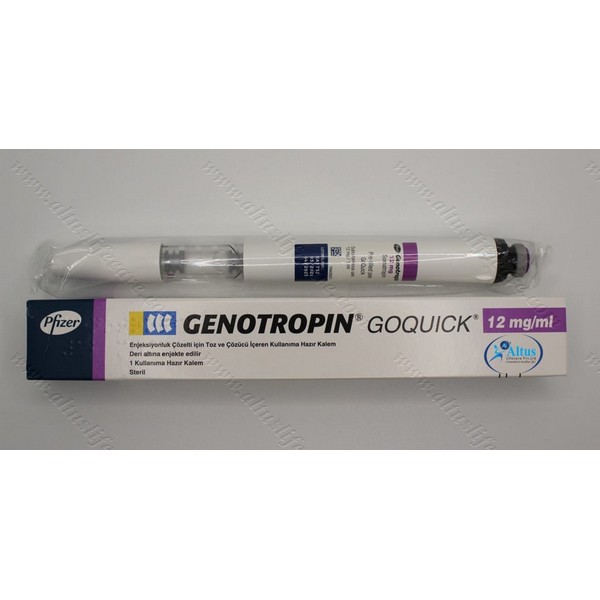
Alcohol

Pregnancy

Breast feeding

Driving

Kidney

Liver
| Pack Size | 3 Vial/s, 6 Vial/s, 9 Vial/s, 12 Vial/s |
|---|
3 reviews for Genotropin 12mg Solution for Injection
Related products
Epocept 4000IU Injection
From: $57.69Himalaya Cystone Tablet
From: $44.23Buy Livrite Tablet
From: $64.10Rapacan Tablets | Sirolimus 2mg
From: $185.90Vintor 6000IU Injection
From: $55.13Repoitin 10000IU Injection
From: $60.26Potrate 10 Tablet
From: $32.05People also bought
-

Benoquin 40 Cream | Monobenzone 40%
From: $154.77 -
 From: $38.38
From: $38.38 -
 From: $40.05
From: $40.05 -

Aziderm 10% Cream 15gm | Azelaic Acid 10%
From: $39.26
Our Services
Shipping
Shipping at Discounted Price
Money Returns
Return Within 30 Days
Secure Payment
Safe & Secure Payment
Support 24/7
Contact 24 Hours Day
From: $320.51


From: $46.15
- Anti-Cancer
- Armodafinil
- Bimatoprost
- Botulinum
- Dermal Fillers
- Hepatitis
- Mens-health
- Modafinil
- Naltrexone
- ANTI EMETIC
- Altus Product’s
- Anti Fungal
- Anti Malarial
- Anti Viral
- Antibiotics
- Asthma
- Beauty & Skin Care
- Cetaphil
- Chemical Peels
- Diabetes
- Hair Loss
- HCG Injections
- HIV Medicines
- Human Albumin
- Kidney / Liver Care
- Neuropathic Pain
- Pain Relief
- Pharmaceutical Products
- Pharmaceutical Vaccine
- Quit Smoking
- Thyroid Care
- Weight Loss
- Women’s Health

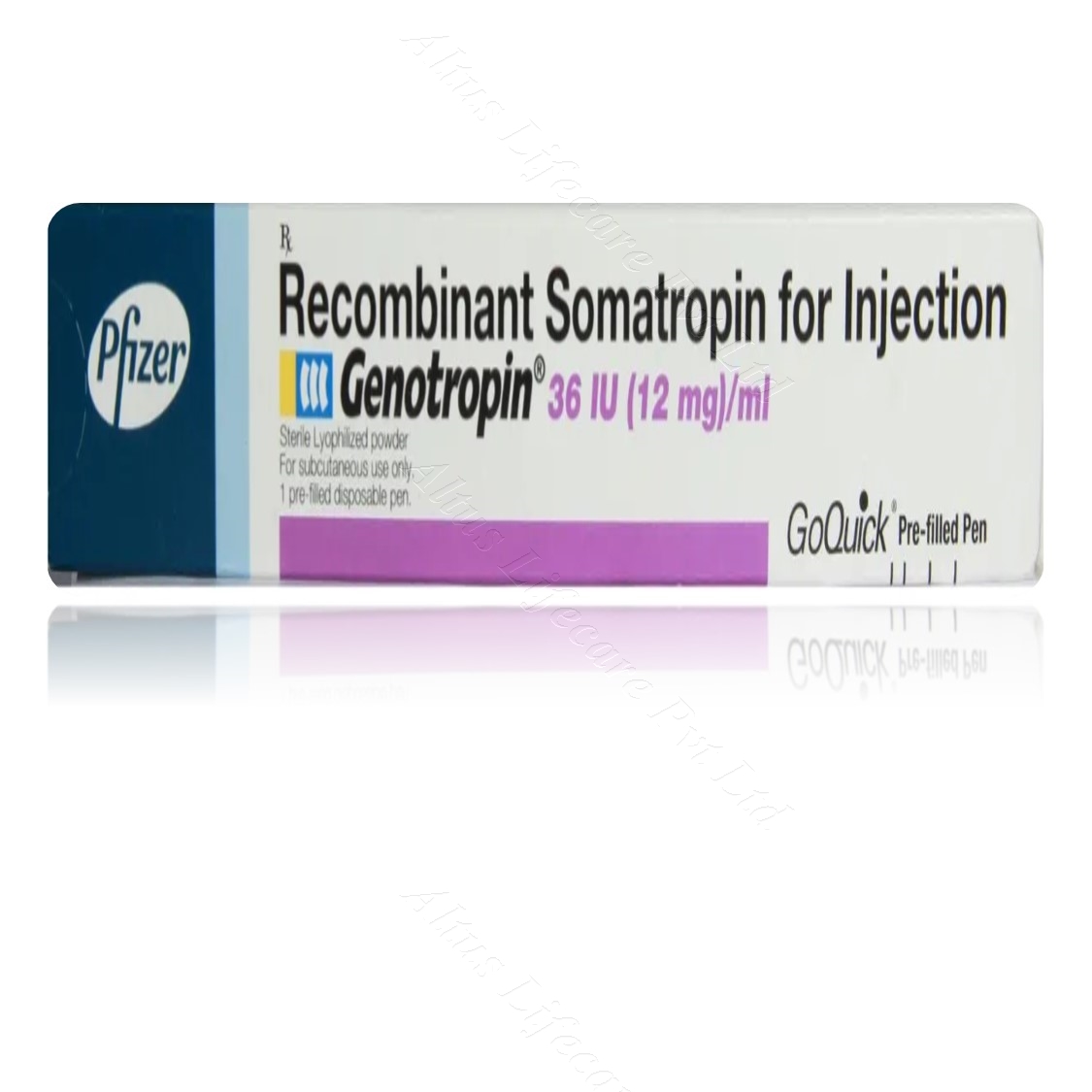
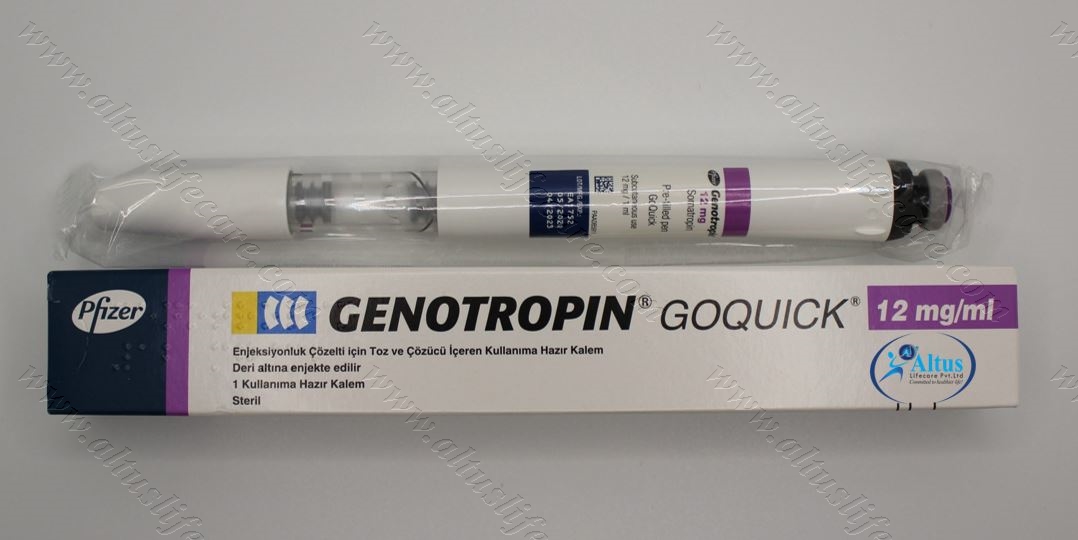
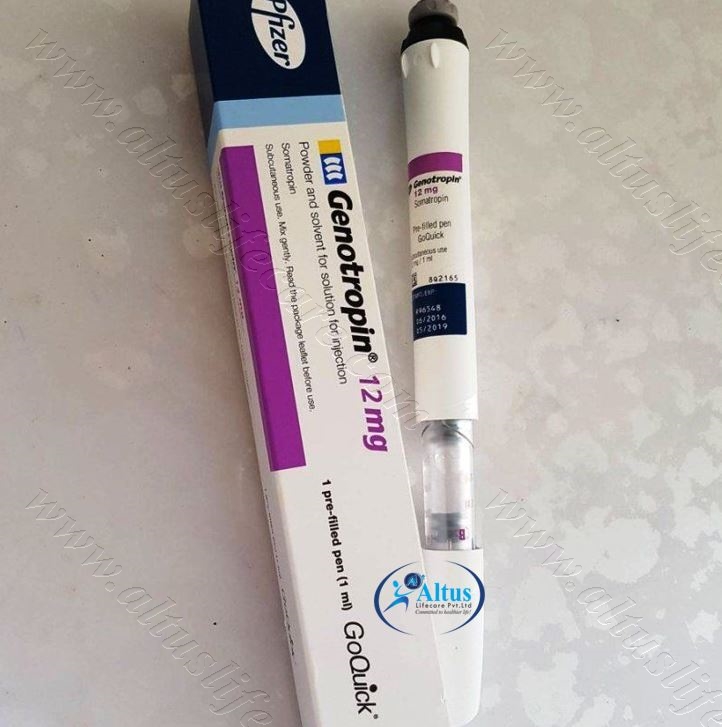
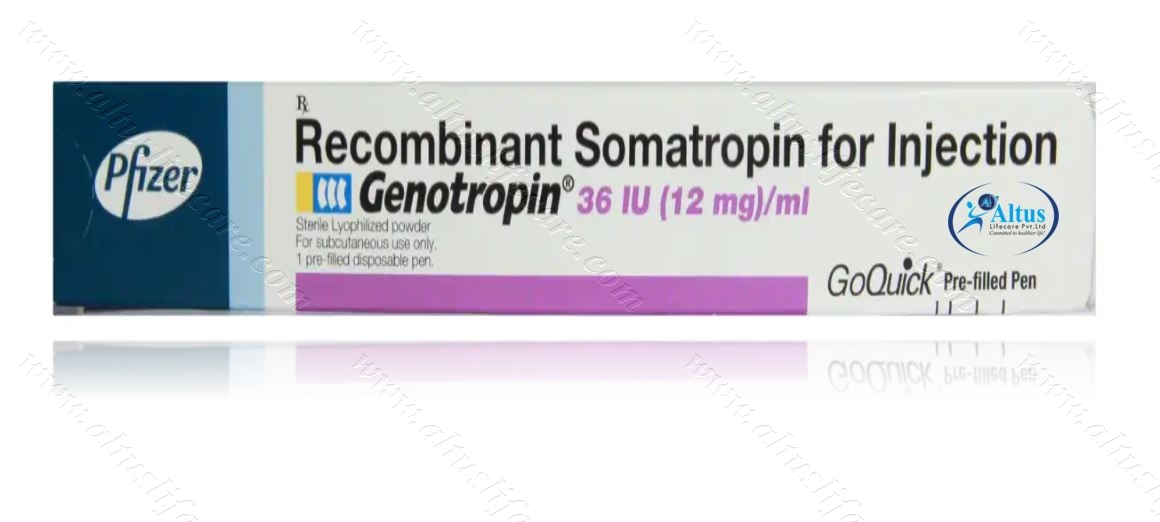
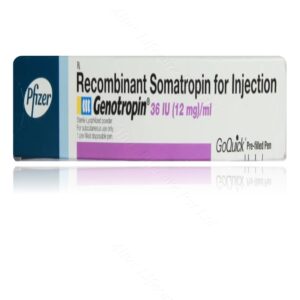
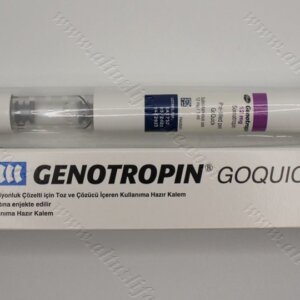
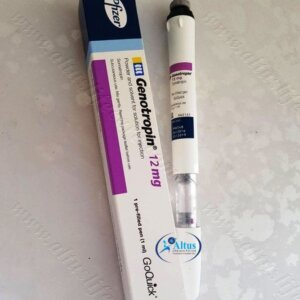



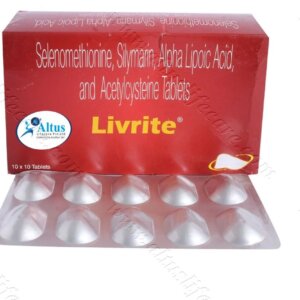
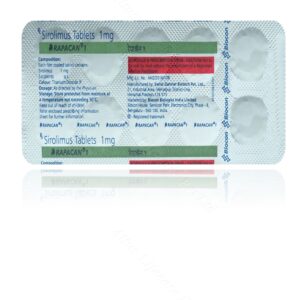
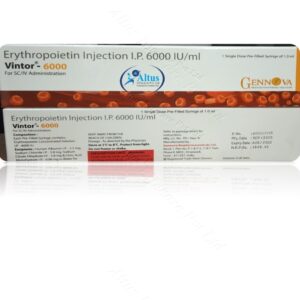
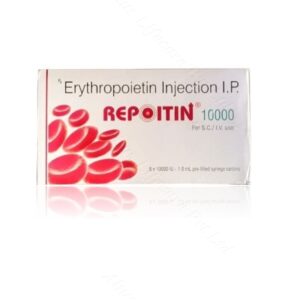



Keira (verified owner) –
“Living with liver disease is challenging, but this product has provided much-needed relief. Grateful for its impact on my health.”
Sarai (verified owner) –
“Liver disease is tough, but this product has made a significant difference. A reliable ally in my health journey.”
Mae (verified owner) –
“Liver disease is tough, but this product has made a significant difference. A reliable ally in my health journey.”